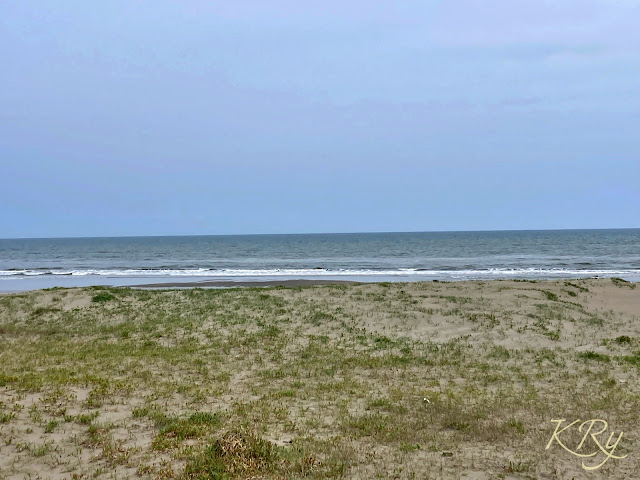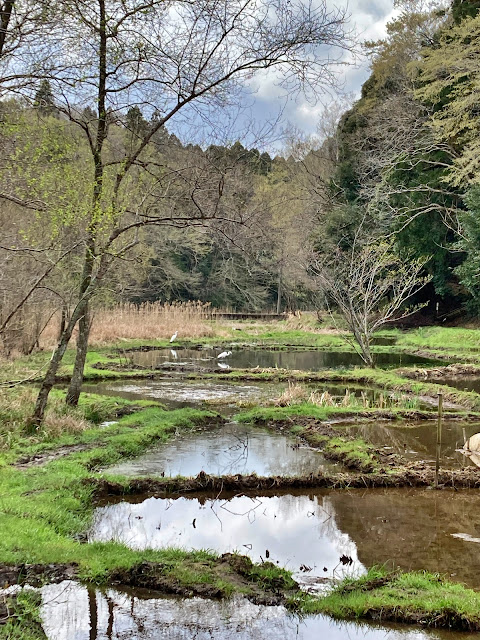Another migration season, another breeding season.
Friday, 25 April 2025
Kujukuri
Thursday, 24 April 2025
Chiba Koen
It was a lovely day and now is the time for all sorts of flowers and blossoms 🌺🌼
and it's a very busy time for parent birds to bring up their little ones.
Even only a short stay in the park made me smile and feel extremely happy 😍
Monday, 14 April 2025
Chishirodai Heronry II
Along with Black-crowned night herons (Goisagiゴイサギ) and Great egrets (Daisagiダイサギ), Grey herons (Aosagiアオサギ) have nests there too. They are normally the first to start building nests and I guess most of Grey herons have eggs in their nests.
There used to be only herons and egrets in this heronry but Great cormorants' nests were recorded last year.
a great egret had an itch...😄
Under all the dramas on the water, some wintering ducks were still fuelling for their migration ahead.
Shovelers (Hashibirogamoハシビロガモ)
Saturday, 12 April 2025
Chishirodai Heronry I
Monday, 7 April 2025
Wednesday, 2 April 2025
Okusa Paddy Fields (大草谷津田いきものの里)
Okusa Yatsuda Ikimono-no-sato is kind of a nature/culture reserve, manually managed organic paddy fields only 4 miles away from the centre of Chiba City.
A totally different world from the city centre!
Great egrets (Daisagiダイサギ) were in their gorgeous breeding plumage.
You can hear the volume of the frogs' calls!
Another bird which would appreciate the fields full of amphibians is a Grey-faced buzzard (Sashibaサシバ).
The buzzards are migratory and she must have arrived here to breed quite recently. She got here at the right moment for a free buffet!Away from the frogs, two hwameis were having a singing competition.
The Chinese hwamei (Gabichoガビチョウ) is recorded as being imported from China for their beautiful songs as early as in the 18th century but hadn't been recognised in the wild until the 1980s. Since then for a while, they were found only in localised areas. Now they seem to have sped up spreading far and wide and it's not so difficult to see/hear them in Chiba.
Okusa is not very large but is full of signs of wildlife.


























